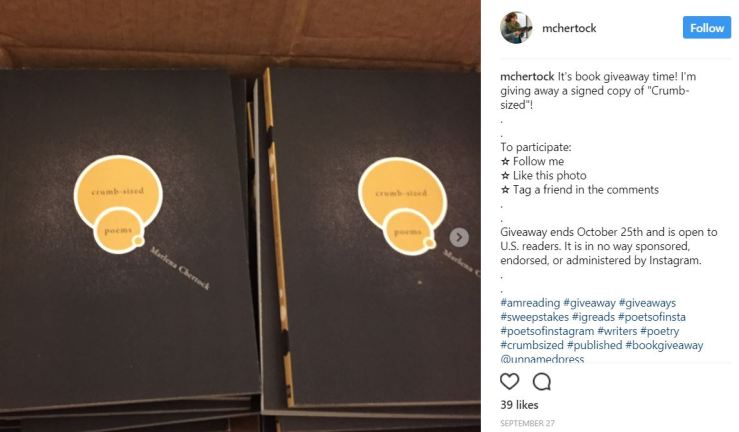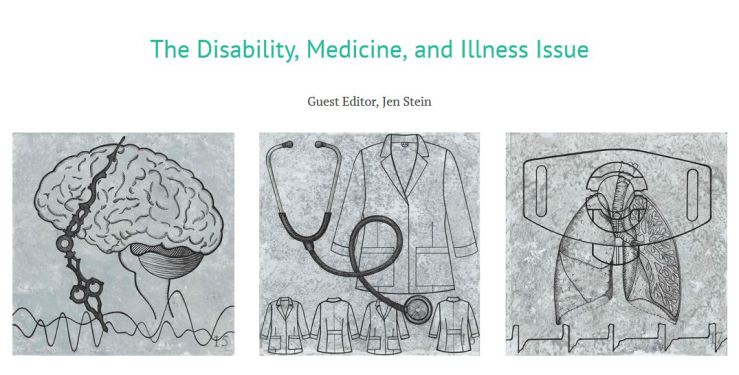I feel like I’ve just come back from a long trip to the future, and returned, and I’m stricken. I finished reading “The Uninhabitable Earth: What climate change could wreak — sooner than you think” by David Wallace-Wells in the New York Magazine.
This long-form essay on potential futures of climate change is a must-read. It’s difficult, not because of the language or length, but the scenarios Wallace-Wells describes in such vivid detail.
Readers, society: take note. This is our future.
If we don’t act now. Today.
“Several of the scientists I spoke with proposed global warming as the solution to Fermi’s famous paradox, which asks, ‘If the universe is so big, then why haven’t we encountered any other intelligent life in it?’”
Earth’s future
Wallace-Wells helps visualize potential futures where climate change devastate the Earth, our environment, our food, and our lives.
He doesn’t shy away from the terrifying scenarios, drilling into specific details and facts. He often compares future numbers to current ones, which helps me understand hard-to-relate to abstracts.
Here are some terrifying tidbits from the article.
- “Arctic permafrost contains 1.8 trillion tons of carbon, more than twice as much as is currently suspended in the Earth’s atmosphere. When it thaws and is released, that carbon may evaporate as methane, which is 34 times as powerful a greenhouse-gas warming blanket as carbon dioxide when judged on the timescale of a century; when judged on the timescale of two decades, it is 86 times as powerful.”
- “The albedo effect (less ice means less reflected and more absorbed sunlight, hence more warming); more cloud cover (which traps heat); or the dieback of forests and other flora (which extract carbon from the atmosphere). Each of these promises to accelerate warming, and the history of the planet shows that temperature can shift as much as five degrees Celsius within thirteen years.”
- “At 11 or 12 degrees of warming, more than half the world’s population, as distributed today, would die of direct heat. Since 1980, the planet has experienced a 50-fold increase in the number of places experiencing dangerous or extreme heat.”
- “The basic rule for staple cereal crops grown at optimal temperature is that for every degree of warming, yields decline by 10 percent. Which means that if the planet is five degrees warmer at the end of the century, we may have as many as 50 percent more people to feed and 50 percent less grain to give them. And proteins are worse.”
- “The fraction of carbon dioxide in the air is growing: It just crossed 400 parts per million, and high-end estimates extrapolating from current trends suggest it will hit 1,000 ppm by 2100. At that concentration, compared to the air we breathe now, human cognitive ability declines by 21 percent.”
- “For every half-degree of warming, they say, societies will see between a 10 and 20 percent increase in the likelihood of armed conflict.”
- “We will see at least four feet of sea-level rise and possibly ten by the end of the century. At present, more than a third of the world’s carbon is sucked up by the oceans — but the result is what’s called ‘ocean acidification,’ which, on its own, may add a half a degree to warming this century.”
Climate fiction
We need more literature about climate change. More short stories, poems, novels. We need to use our incredible imaginations to show what we are dragging ourselves into, what we are leaving our children and grandchildren with.
This is what Emmalie Dropkin argues for in an article in Electric Lit, “We Need Stories of Dystopia Without Apocalypse: Climate change and the human imagination.” The abstract futures and numbers can confuse people and lull them into not caring. Stories, literature, have been inspiring humans for centuries. This is a tool we should use more to shock ourselves into action.
“In a six-degree-warmer world, the Earth’s ecosystem will boil with so many natural disasters that we will just start calling them ‘weather.’”
Already, genres are emerging from climate change and natural disaster events. I’m increasingly seeing climate fiction, solarpunk, eco-literature, eco-speculation. These relate to science fiction, technology, cyberpunk, and more.
Some books in these genres include:
- Everything Change: An Anthology of Climate Fiction by ASU Imagination and Climate Futures Initiative
- Sunvault: Stories of Solarpunk & Eco-Speculation
- Oryx and Crake by Margaret Atwood
- Last Hundred Years trilogy by Jane Smiley
- Barkskins by Annie Proulx
- Life As We Knew It by Susan Beth Pfeffer
- TreeVolution by Tara Campbell
- The Great Derangement by Amitav Ghosh
- Drawdown: The Most Comprehensive Plan Ever Proposed to Reverse Global Warming by Paul Hawken
- This Changes Everything: Capitalism vs. The Climate by Naomi Klein
- After Nature: A Politics for the Anthropocene by Jedediah Purdy
- Field Notes from a Catastrophe by Elizabeth Kolbert
- Browse Goodreads for climate fiction
“More than half of the carbon humanity has exhaled into the atmosphere in its entire history has been emitted in just the past three decades … In the length of a single generation, global warming has brought us to the brink of planetary catastrophe.”
We have to visualize these potential futures, because we are ensuring they become reality with each passing day. With each pound of beef we eat, each flight we take.
If we continue down our current path, we’re dooming ourselves to devastating effects of climate change. We’re fueling its fire.
“Every round-trip ticket on flights from New York to London, keep in mind, costs the Arctic three more square meters of ice.”
Articles like Wallace-Wells’ and Dropkin’s, and books that explore climate change, are necessary, now more than ever. Keep reading our future. Keep ignoring it, and welcome to your uninhabitable Earth.









 • August 2: As a part of
• August 2: As a part of  • OutWrite 2017, August 5:
• OutWrite 2017, August 5:
